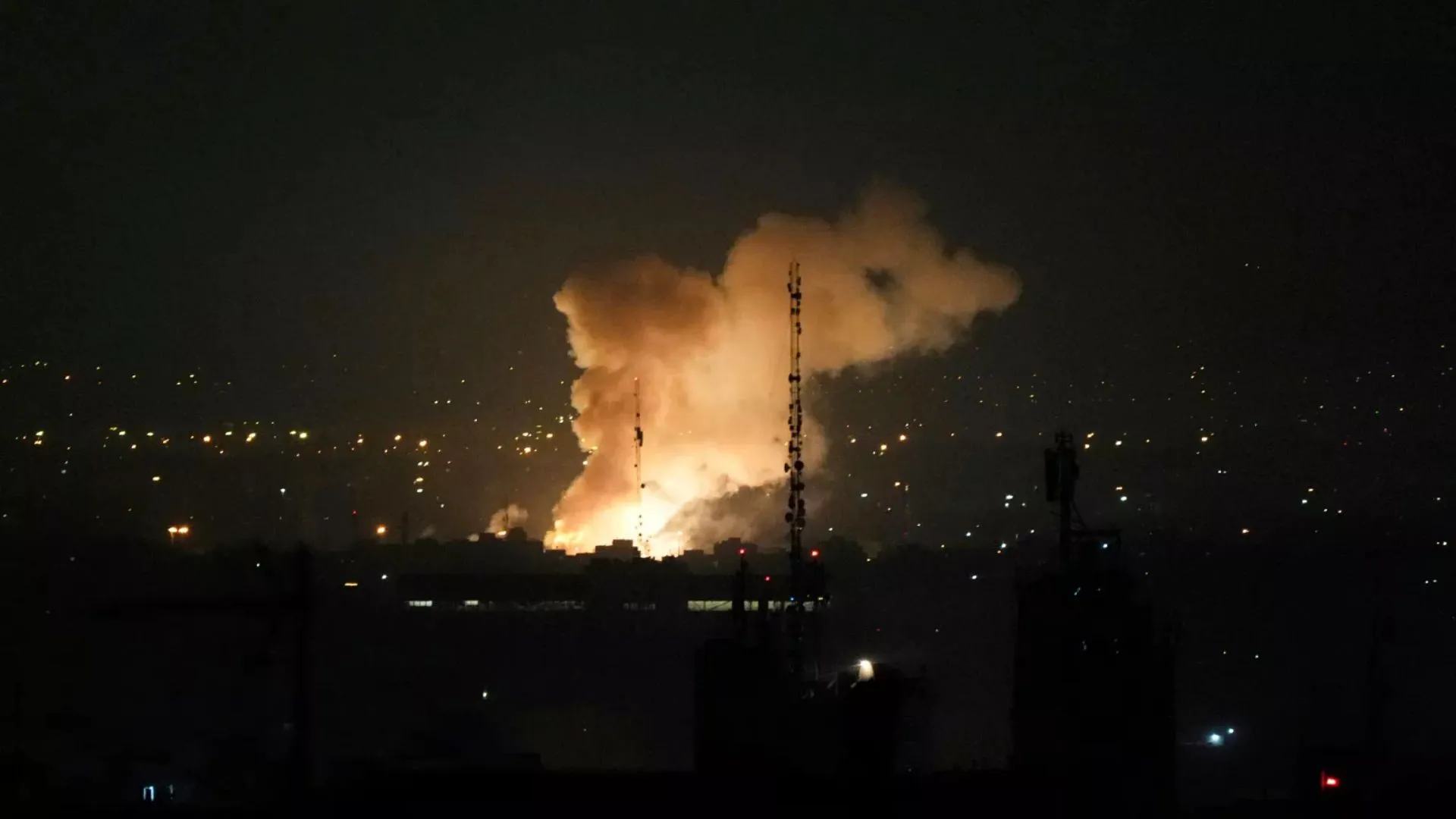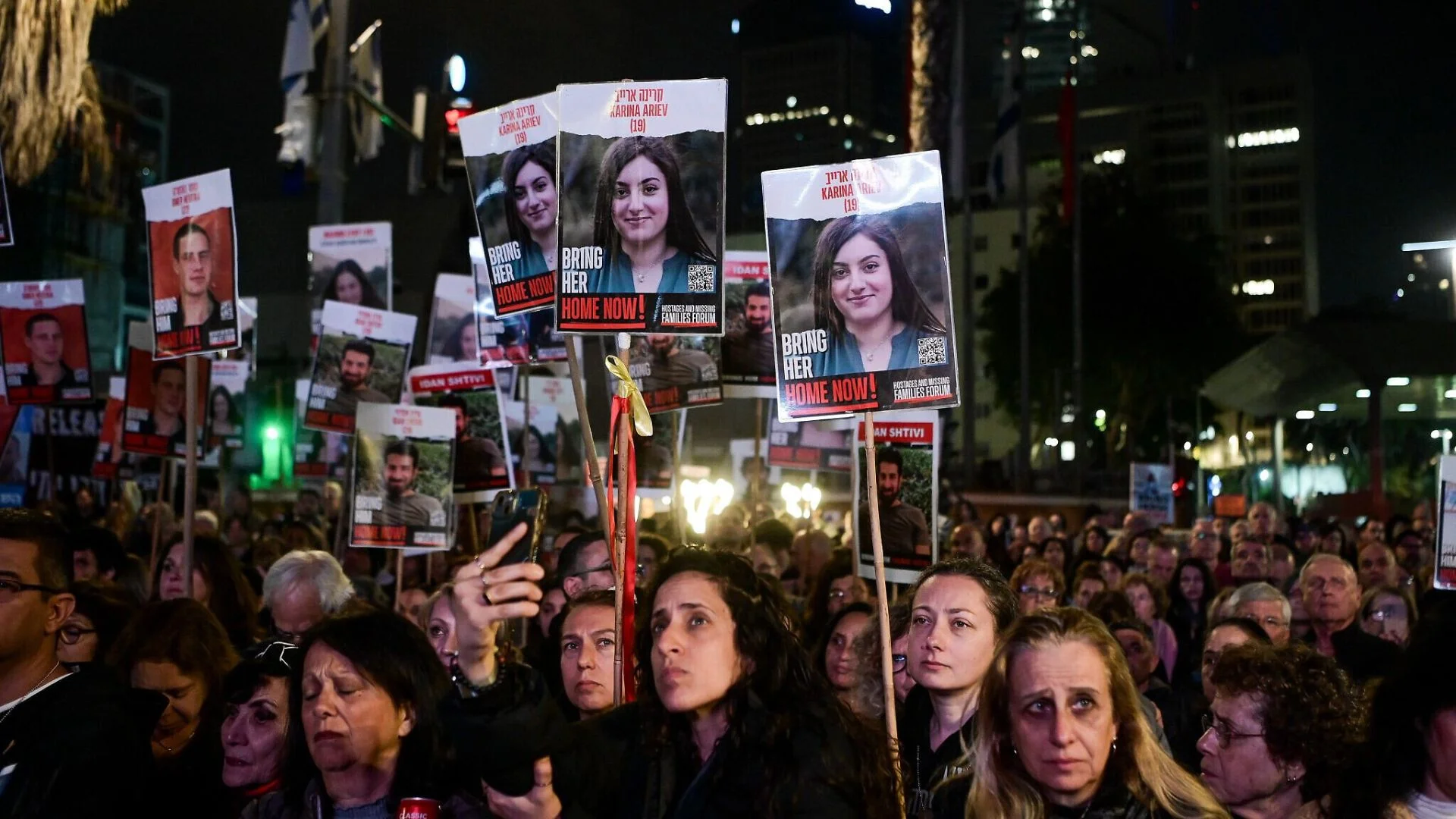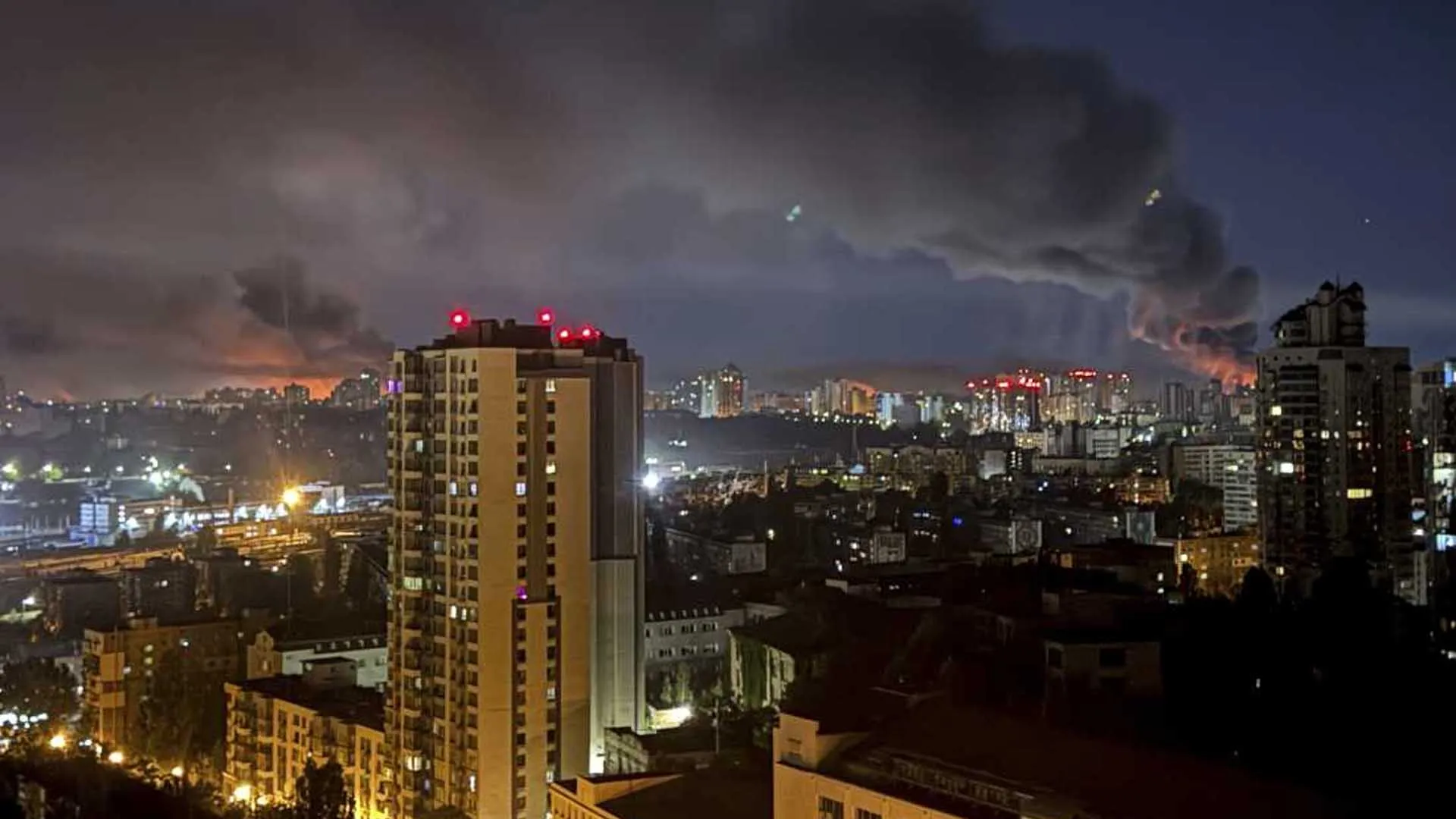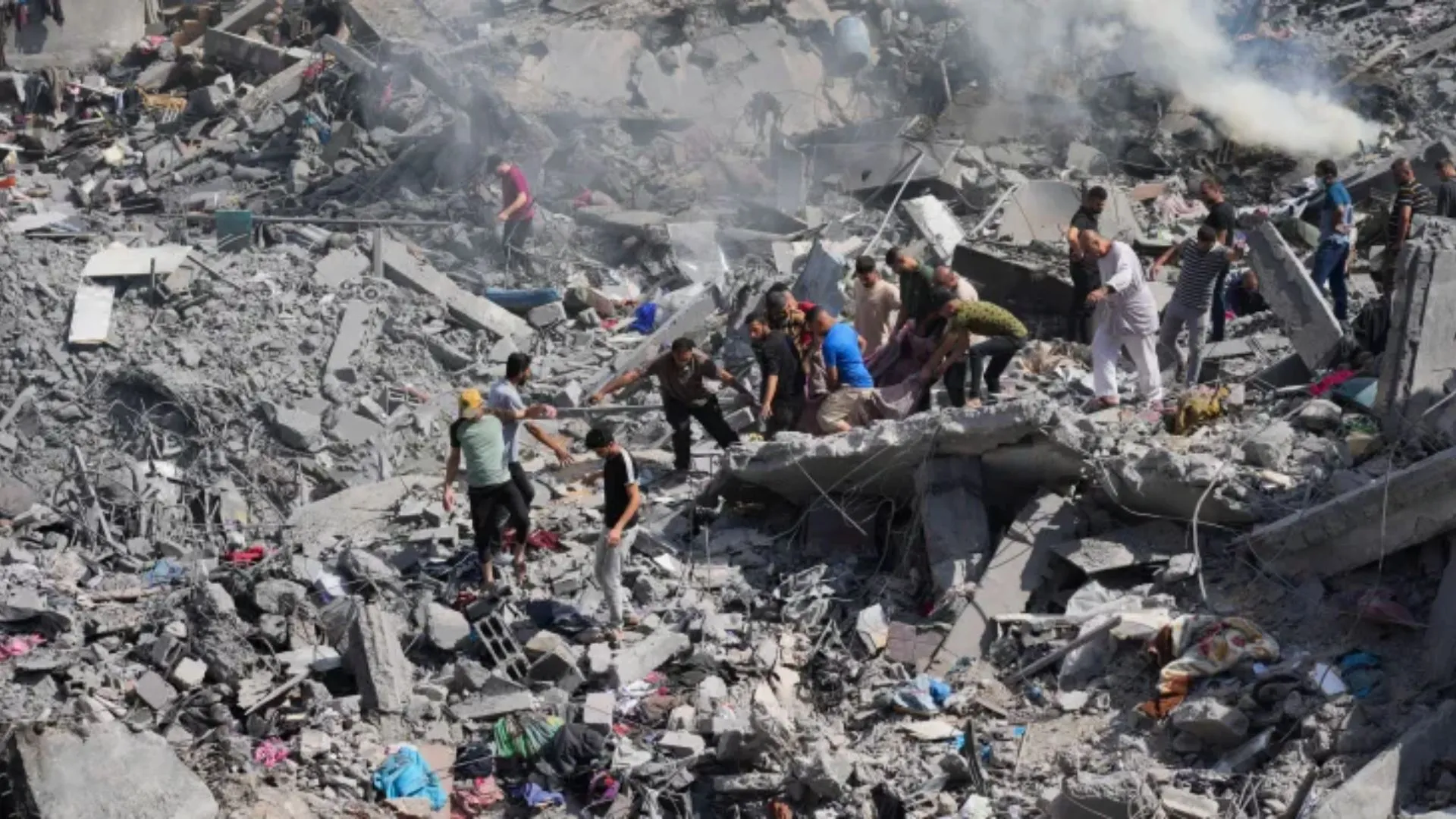In a dramatic rise in the long-standing confrontation between Israel and Iran, the United States joined the fight on Saturday, and its military dropped bombs on three Iranian nuclear and military facilities.
US President Donald Trump labeled the mission as ‘very successful’ and assured the public that all aircraft used had departed Iranian airspace safely. The attack was subsequently confirmed by Iran’s Atomic Energy Organization.
Even with the publicized attack, Iranian officials on Sunday reported no release of radioactive material. The nation’s National Nuclear Safety System Center verified through state media that radiation monitors had detected “no signs of contamination” at the attacked nuclear facilities.
What Caused the Escalation?
The US intervention came on the heels of Israel’s June 13 operation, code-named Operation Rising Lion, which saw airstrikes against Iranian military facilities. This is a significant new development in the regional crisis, with American troops actively targeting Iranian targets for the first time throughout this escalation.
What were the Main Targets?
The United States attacked three prominent nuclear facilities in Iran: Natanz, Fordow (also known as Fordo), and Isfahan.
Natanz, about 220 kilometers southeast of Tehran, is Iran’s main uranium enrichment plant. While it was hit by Israeli airstrikes in the past, the complex still enriched uranium up to 60 percent purity—beneath weapons-grade levels, yet extremely sensitive per the International Atomic Energy Agency. The UN nuclear watchdog said that Natanz centrifuges to speed enrichment were largely destroyed in previous attacks.
Fordow, the other large enrichment plant, southwest of Tehran, was the second one attacked. Constructed deep beneath a mountain close to the city of Qom, this facility is estimated to be home to as many as 3,000 centrifuges. Trump stated that the plant was struck with a “full payload of bombs.” He reposted later a tweet from an open-source intelligence community stating, ‘Fordow is gone’.
The third strike targeted Isfahan, a facility that not only has nuclear enrichment capacity but also contains three Chinese-constructed research reactors and ancillary laboratories.
The Munitions Employed
To penetrate Fordow’s deep-buried, highly defended underground bunker, the U.S. allegedly employed six GBU-57 Massive Ordnance Penetrators (MOPs), AFP reports. These 30,000-pound bunker-busting bombs are the largest non-nuclear munitions in the U.S. arsenal and were specifically constructed to kill deep, hardened underground targets.
Military officials quoted by AP explained that such bombs are designed to pierce the surface before exploding deep inside, making them perfectly suitable for deeply buried nuclear facilities like Fordow.
Aircraft Used in the Operation
The GBU-57 is deployable and transportable only by the U.S. Air Force’s B-2 Spirit stealth bombers. These bombers have a range of 6,000 nautical miles on a single flight without refueling and are specifically intended to penetrate advanced enemy air defenses while striking well-defended installations.
A number of B-2 bombers were seen leaving their base in Missouri before the attacks, according to flight-tracking agencies and U.S. media reports.
Trump’s Reaction and Warning
After the surgery, Trump made a blunt warning, “There will either be peace or there will be tragedy for Iran.”
In a post on Truth Social, he announced, “We have successfully completed our attack on the three Nuclear facilities in Iran, including Fordow, Natanz, and Esfahan.” He specifically noted that all U.S. planes had returned safely and asserted that a “full payload of bombs” had been dropped on Fordow.
In another post, Trump described the strikes as a pivotal event: “This is an HISTORIC MOMENT FOR THE UNITED STATES OF AMERICA, ISRAEL, AND THE WORLD. IRAN MUST NOW AGREE TO END THIS WAR. THANK YOU!”
Later, in a televised address, he claimed that Iran’s major nuclear sites had been “completely and totally obliterated.”























